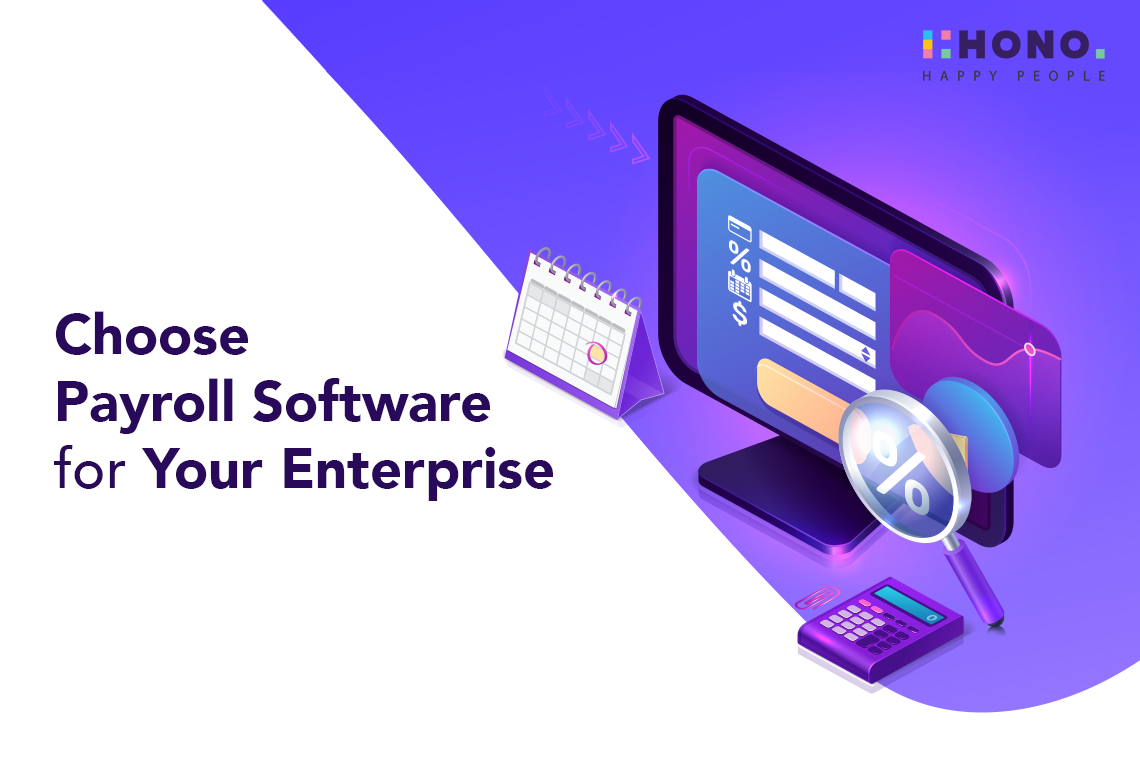- Payroll
Did you know that businesses using traditional payroll systems spend an average of 35% more time on payroll processing compared to those using automated solutions? Understanding the ROI of payroll software is crucial for any organization aiming to streamline operations and reduce costs. Here, we will explore how payroll software can save your business time and money, enhance compliance and risk management, boost employee satisfaction, and ultimately deliver a high return on investment. Join us as we delve into the direct cost savings, time efficiency, compliance benefits, and real-world examples to help you calculate the ROI of payroll software for your business.
Understanding Payroll Software ROI
Return on Investment (ROI) is a key performance indicator used to evaluate the efficiency or profitability of an investment. In the context of payroll software, ROI measures the financial benefits gained from the software compared to its cost. Understanding payroll software ROI is essential as it helps businesses justify the investment and realize the value it brings.
Several factors contribute to the ROI of payroll software:
Cost Savings: By automating payroll processes, businesses can significantly reduce labor costs associated with manual data entry and processing. Automation minimizes errors, which in turn reduces the risk of costly penalties due to compliance issues.
Time Efficiency: Payroll software streamlines tasks such as calculating wages, taxes, and deductions, freeing up valuable time for HR personnel. This efficiency allows staff to focus on more strategic activities, further contributing to the overall productivity of the organization.
Error Reduction: Manual payroll processes are prone to errors, which can lead to financial discrepancies and legal complications. Payroll software ensures accurate calculations and timely processing, reducing the likelihood of mistakes and enhancing compliance with regulations.
By understanding these components, businesses can better assess the benefits of payroll software and make informed decisions that lead to improved financial performance and operational efficiency.
Direct Cost Savings
Implementing payroll software offers significant direct cost savings that directly impact the bottom line. One of the primary benefits is the reduction in labor costs. By automating payroll processes, businesses can drastically cut down on the hours spent on manual payroll processing, freeing up HR staff to focus on more strategic tasks. Additionally, payroll software substantially reduces errors that are common in manual payroll processing. These errors can lead to costly penalties and compliance issues. By minimizing mistakes, businesses can avoid fines and maintain accurate financial records, contributing to overall cost savings. Another critical aspect of cost reduction is the move towards a paperless environment. Payroll software eliminates the need for paper checks, pay stubs, and extensive documentation, leading to significant savings on paper, printing, and storage costs. These direct cost savings collectively enhance the payroll software ROI, making it a financially sound investment for businesses.
Time Efficiency
Time efficiency is another crucial component of payroll software ROI. Automated payroll processes streamline the entire payroll cycle, from calculating wages and deductions to generating paychecks and tax forms. This automation not only speeds up payroll processing but also ensures accuracy and consistency, reducing the time spent on administrative tasks. Furthermore, employee self-service features empower employees to access and manage their own payroll data, such as updating personal information, viewing pay stubs, and managing tax forms. This reduces the burden on HR staff and increases overall efficiency. Additionally, payroll software often integrates seamlessly with other systems such as HR management and accounting software. This integration eliminates the need for redundant data entry and synchronization, saving valuable time and reducing the risk of errors. By improving time efficiency, payroll software allows businesses to focus on growth and strategic initiatives, further enhancing its ROI.
Compliance and Risk Management
Payroll software plays a pivotal role in ensuring regulatory compliance, which is essential for avoiding legal penalties. Keeping up with constantly changing tax laws and labor regulations can be challenging, but payroll software is designed to stay updated with the latest requirements. This ensures that all calculations and filings are accurate and timely, reducing the risk of non-compliance and associated fines. Moreover, payroll software provides robust data security features to protect sensitive payroll information. With stringent encryption and access controls, businesses can safeguard employee data against breaches and unauthorized access, mitigating the risk of financial and reputational damage. By ensuring regulatory compliance and enhancing data security, payroll software significantly reduces risk, thereby improving its overall ROI.
Employee Satisfaction and Productivity
It contributes to higher employee satisfaction and productivity by ensuring timely and accurate payments. Employees rely on receiving their wages correctly and on time, and any discrepancies can lead to dissatisfaction and decreased morale. Automated payroll systems eliminate these errors, ensuring that employees are paid accurately and promptly. Furthermore, self-service portals included empower employees to access their payroll information anytime, anywhere. They can view pay stubs, manage tax forms, and update personal details without needing to contact HR. This transparency and ease of access foster trust and satisfaction among employees, leading to higher morale and productivity. By enhancing employee satisfaction and productivity, payroll software not only improves operational efficiency but also contributes to a positive workplace environment, further enhancing its ROI.
Calculating Your ROI
Calculating the ROI of payroll software involves a systematic approach to quantify the financial benefits against the costs. Here's a step-by-step guide to help you determine your payroll software ROI. First, identify all costs associated with your current payroll processes, including labor, paper, and penalties from errors. Next, gather data on the time and money saved by implementing payroll software. To calculate the ROI, use the formula:
|
ROI = (Total Benefits − Total Costs) × 100 Total Costs |
This formula will give you a percentage that represents your return on investment. There are several online calculators and tools available to simplify this process, such as the ROI calculators provided by major payroll software vendors and financial websites. These tools can help you input your specific data and quickly see the potential ROI of your investment.
Read more: Everything You Need to Know About Payroll
Choosing the Right Payroll Software
Selecting the right payroll software is crucial to maximizing your ROI. Look for key features that enhance ROI, such as automated tax updates, employee self-service portals, integration capabilities with HR and accounting systems, and robust security measures. When comparing vendors, consider their reputation, ease of use, customer support, and pricing structure. Reading customer reviews and testimonials can provide valuable insights into the software's performance and reliability. User feedback helps you gauge satisfaction and identify potential issues that may not be apparent in vendor descriptions. By thoroughly evaluating these aspects, you can choose a payroll software solution that aligns with your business needs and offers the best return on investment.
Understanding and calculating the ROI of payroll software is essential for any business looking to improve efficiency and reduce costs. By investing in the right software, you can achieve significant cost savings, enhance compliance and risk management, boost employee satisfaction, and improve overall productivity. We have discussed the importance of direct cost savings, time efficiency, compliance benefits, and how to calculate your ROI. Now is the time to evaluate your current payroll processes and consider making the switch to a more efficient, automated solution. By doing so, you'll be well on your way to realizing the full potential of payroll software ROI.
Request A Demo Now!

.png?width=50&height=50&name=Team%20HONO%20logo-01%20(1).png)

.png?width=705&height=302&name=image_750x_1715603548_bc77b50f96964b91e801%20(2).png)



